3 Ways to Optimise Recovery for Runners
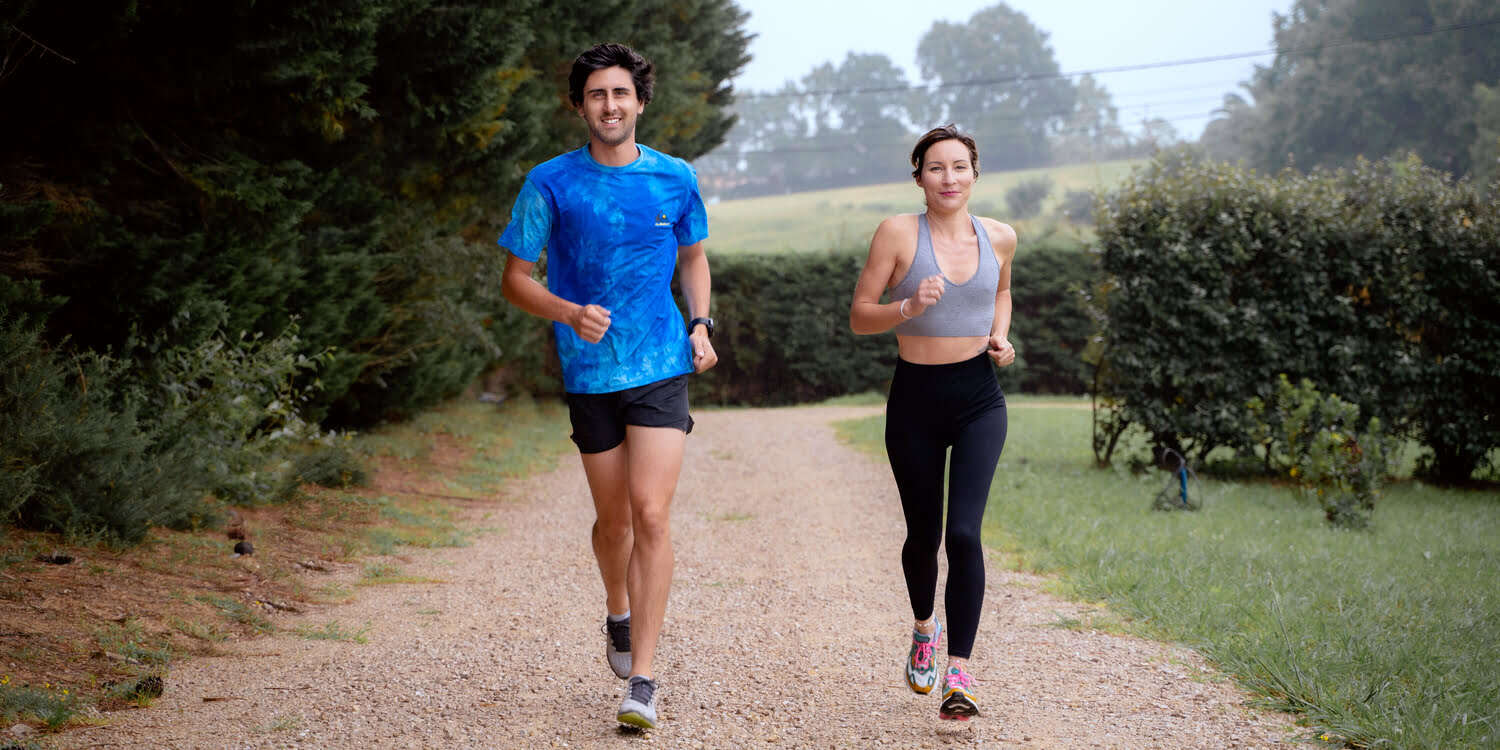
Effective muscle recovery is crucial not only for progress, but also to avoid overtraining and injuries. It's important in the short term to prepare you for your next training session, in the medium term to arrive in top form for your competition, and in the long term to continue enjoying your passion for many years.
Optimal recovery will allow you to get back to full strength faster after a training session and keep improving your training performance. This is known as supercompensation.
When training sessions are consecutive days without a recovery phase, or when the recovery phase is incomplete, it's referred to as overtraining, and this is when the risk of injury arises. The body becomes fatigued, hindering progress or even causing regression.
There are different methods you can use to optimise recovery that we will discuss here.
#1 Boost Muscle Recovery via Massage
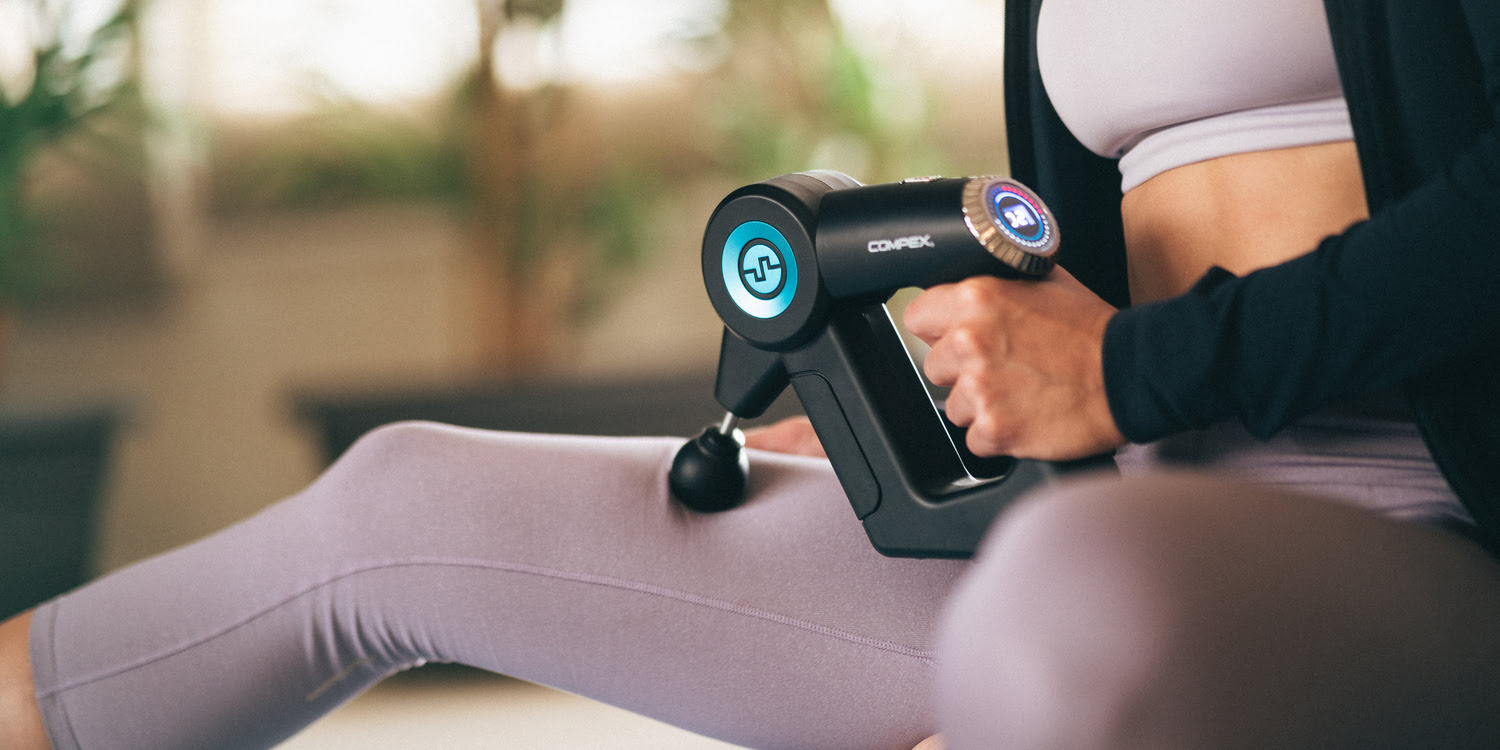
Massage helps to relax muscles after intense training, reducing muscle tightness, stiffness, fatigue, and aches. It also plays a role in improving tendon flexibility and reducing adhesions. In terms of circulation, it promotes venous return. On the nervous system level, it has a pain relief effect through gate control (inhibiting pain message transmission and reducing perceived pain) and endorphin release. Psychologically, it reduces stress, letting you take care of yourself and relax.
Massage also stimulates blood circulation, aiding in toxin elimination, which all contribute to better muscle recovery!
For massages, there are various highly effective tools for easy, deep self-massage, such as rollers, vibrating balls, or massage guns.
#2 Optimise Recovery using Compression Boots
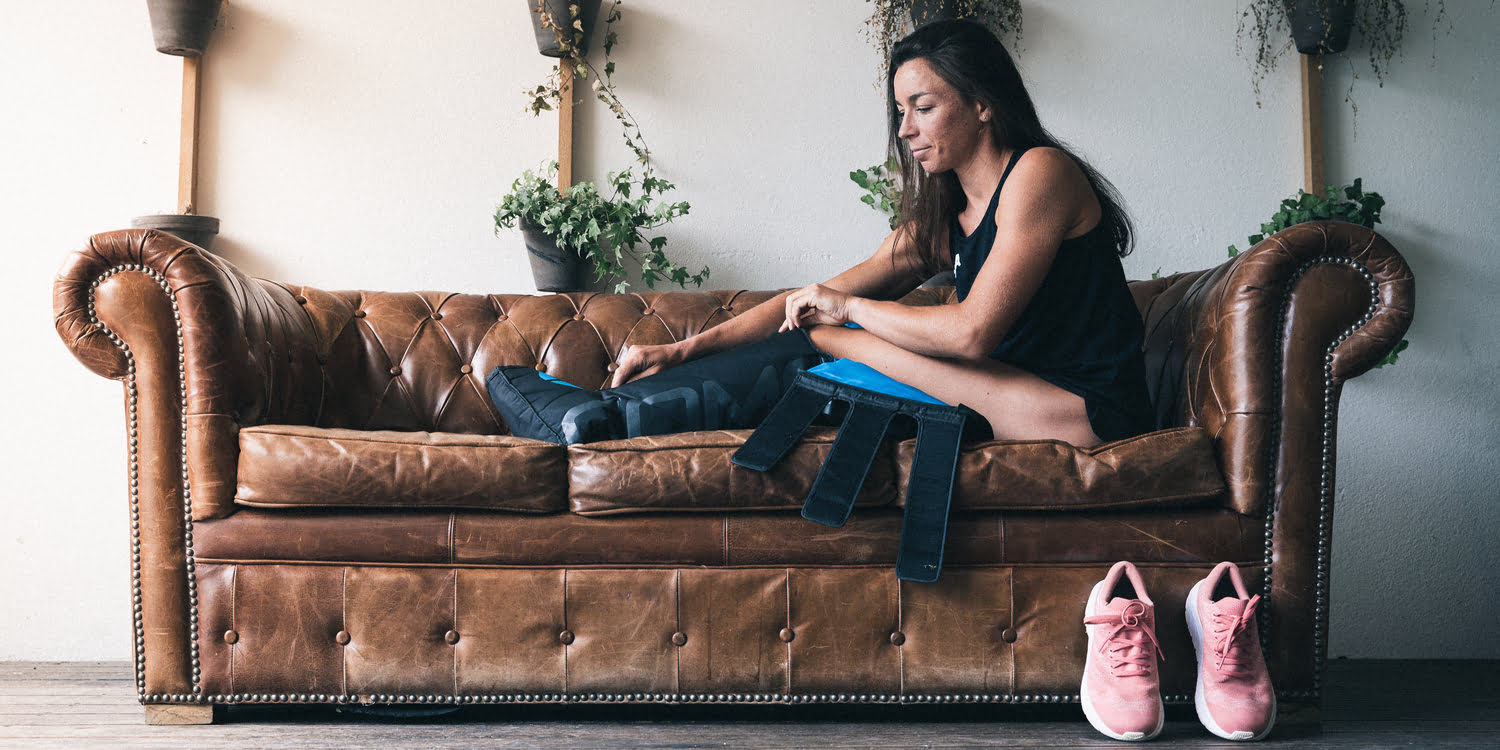
Pulsating compression from boots reduces leg fatigue and muscle pain by improving venous return, blood circulation, and accelerating reoxygenation which all optimise recovery. We recommend using compression boots for 20 to 50 minutes after intense training to reap the benefits. You should do this within 2 to 4 hours after physical activity.
#3 Decrease Soreness and Relax Muscles with Electrostimulation
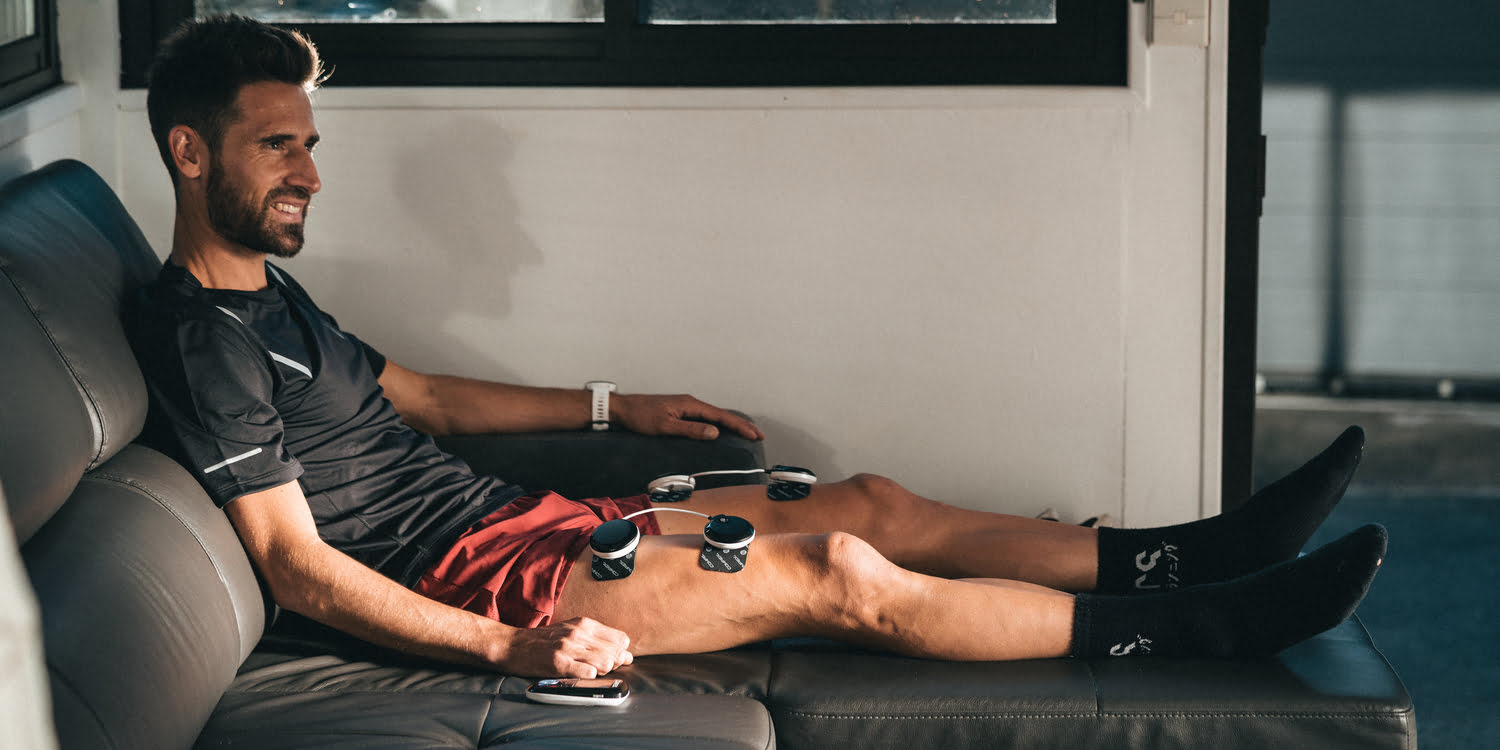
Electrostimulation helps to optimise recovery mainly by reducing pain; it has an analgesic effect. Like massage, it triggers gate control and endorphin release. Using an electrostimulator also reduces aches and relaxes muscles passively, without any effort from you.
Use the muscle recovery programs within 3 hours after exercise to quickly remove muscle waste before it builds up. Since the goal of these programs is not to develop muscle, electrode placement can be less precise than for strength and conditioning programs. The advantage in these conditions is being able to stimulate multiple muscles or muscle groups simultaneously. For example, you can recover the muscles of the thighs and calves at the same time.
Proven Effectiveness
Backed by clinical studies proving their effectiveness, Compex stimulators also belong to the category of Class II medical devices. They also meet the needs of the European Medical Standard 93/42 EEC.
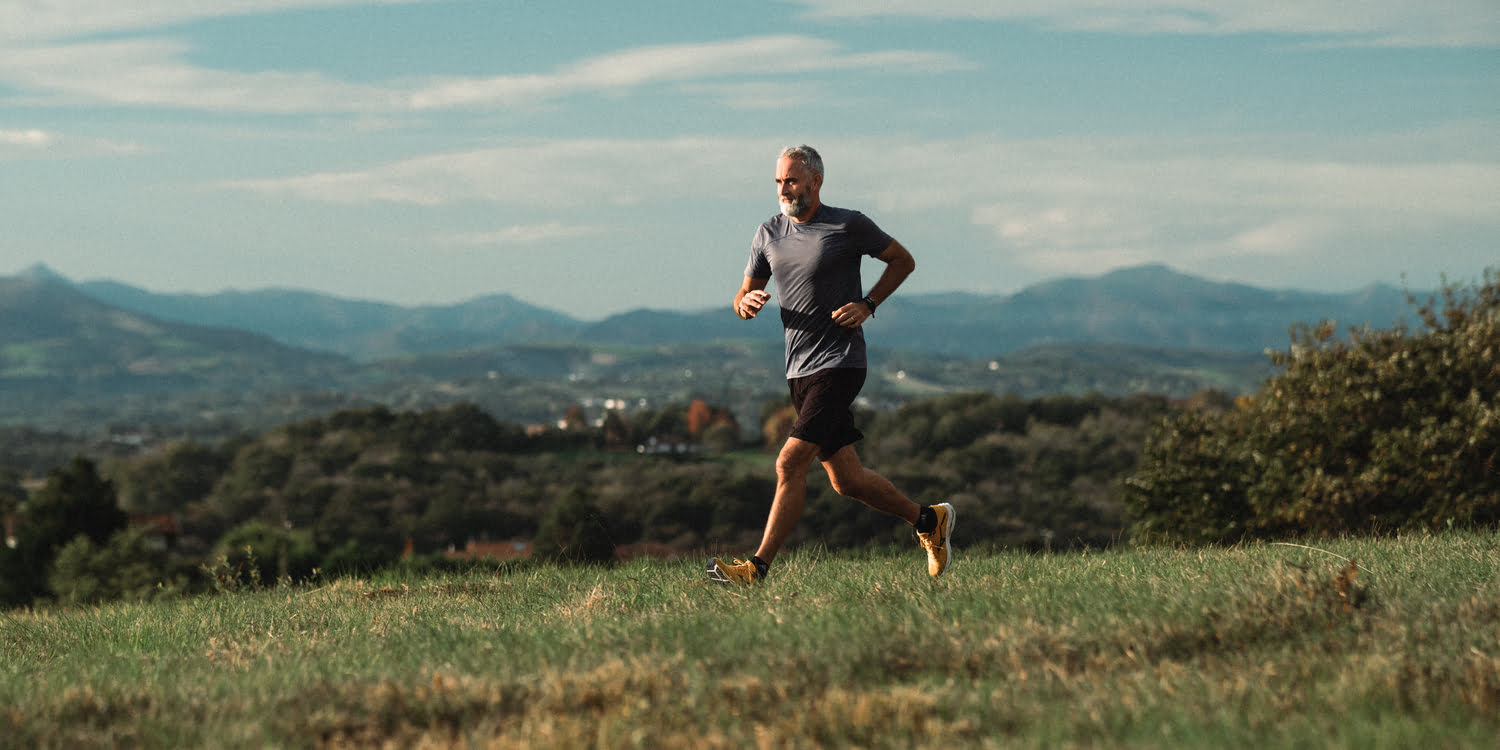
Compex - Always with you
We're on the side of athletes, amateurs and ordinary people. From the search for better performance to post injury muscle recovery, from post fatigue massage to pain treatment. At Compex, we have just one goal: people's well being.
Choose the one that's right for you, by taking a look at our buying guide.
Read our experts' advice on the official blog, catch the latest news, product releases and promotions by subscribing to our newsletter, and watch our videos on the YouTube channel and follow us on Facebook and Instagram to stay up to date.
-
View Details
 €229.99
€229.99Sculpts your body, tones your abs and relieves pain.
Learn More
The stimulator for fitness and health fans who practise their activity 1 to 2 times per week.
Compare this to our other muscle stimulators, learn more about training using a Compex device as well as bespoke training plans, and find out more about what muscle stimulation is. -
View Details
 €429.99
€429.99Restores strength and muscle tone while relieving pain.
Learn More
Including all the features of Fit 1.0 and Mi technology, Fit 3.0 also offers massage programs for fitness fans who practise their activity 3 times a week.
Compare this to our other muscle stimulators, learn more about training using a Compex device as well as bespoke training plans, and find out more about what muscle stimulation is. -
View Details
 €429.99
€429.99Tones your muscles, sculpts your body, helps you relax and recover faster.
With all the basic muscle stimulation features and mi technology, SP 2.0 is the ideal partner for athletes who practice their activity 1 or 2 times per week.
Compare this to our other muscle stimulators, learn more about training using a Compex device as well as bespoke training plans, and find out more about what muscle stimulation is.
Learn More -
View Details
 €649.99
€649.99Improves your performance and helps you recover faster.
Including all the features of SP 2.0, SP 4.0 also offers rehabilitation programs that can be helpful for athletes with frequent injuries who practice their activity 3 times per week.
Compare this to our other muscle stimulators, learn more about training using a Compex device as well as bespoke training plans, and find out more about what muscle stimulation is.
Learn More -
View Details
 €899.99
€899.99Improves your strength and restores muscle volume, helps you relax and recover faster.
Designed for athletes who practice their activity more than 3 times per week, SP 6.0 includes all the features of SP 4.0, but with wireless features that ensure total freedom of movement. Its easy-to-use color screen even shows you where to place the electrodes!
Compare this to our other muscle stimulators, learn more about training using a Compex device as well as bespoke training plans, and find out more about what muscle stimulation is.
Learn More -
View Details
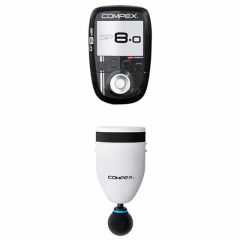 FREE Fixx™ Mini
FREE Fixx™ Mini €1,199.99
€1,199.99SP 8.0 + Free Fixx Mini (Ultra-portable cordless massager for use at home, office and anywhere else your wellness routine takes you.)
Optimizes your strength and endurance, helps you recover faster, while helping to avoid injury and treating pain.
Designed for athletes, SP 8.0 is the TOP of the range in terms of wireless muscle stim. Connectable and modular, SP 8.0 includes the mi-Autorange feature that continually brings you better results.
Compare this to our other muscle stimulators, learn more about training using a Compex device as well as bespoke training plans, and find out more about what muscle stimulation is.
Learn More -
View Details
 Special Price €999.99 Regular Price €1,299.99
Special Price €999.99 Regular Price €1,299.99The Compex SP 8.0 WOD Edition muscle stimulator boasts our top of the range muscle stimulation technology plus some useful additional extras.
Versus our standard SP 8.0, the WOD Edition also offers:
- Additional Warranty (5 years in total)
- Additional packets of Electrodes
- Travel Pouch for your device
- 4x Elastic Straps
Learn more about training using a Compex device and use our bespoke training plans to help achieve your goals.
Learn More -
View Details
 €649.99 As low as:
€649.99 As low as:Develops your muscles, sculpts your body and helps you relax.
Learn More
Designed for people who workout daily, Fit 5.0 is the ultimate product in the range, as it also includes Compex wireless technology with 2 or 4 stimulation modules.
Compare this to our other muscle stimulators, learn more about training using a Compex device as well as bespoke training plans, and find out more about what muscle stimulation is. -
View Details
 €229.99
€229.99The Compex® Fixx™ 1.0 massager provides the ultimate deep tissue massage for sore and overworked muscles.
Learn More
Combining speed and hand pressure customizes your massage to meet your needs and requirements for recovery.
Fixx 1.0 massager can help reduce soreness, loosen tight muscles, and can be used for warm up prior to activity. -
View Details
 €649.99
€649.99Wireless, easy to use & ultra-portable Compression Boots for Rapid-Recovery.
Learn More
For sizing concerns, please consult the size chart. -
View Details
 Special Price €249.99 Regular Price €299.99
Special Price €249.99 Regular Price €299.99Wireless, mobile-connected muscle stim device.
Learn More
Connecting to your smartphone via Bluetooth, the Compex Mini wireless muscle stim device and TENS machine was created to help everybody embrace their fitness, recovery and pain management, whether on the go, in the gym or at home.



